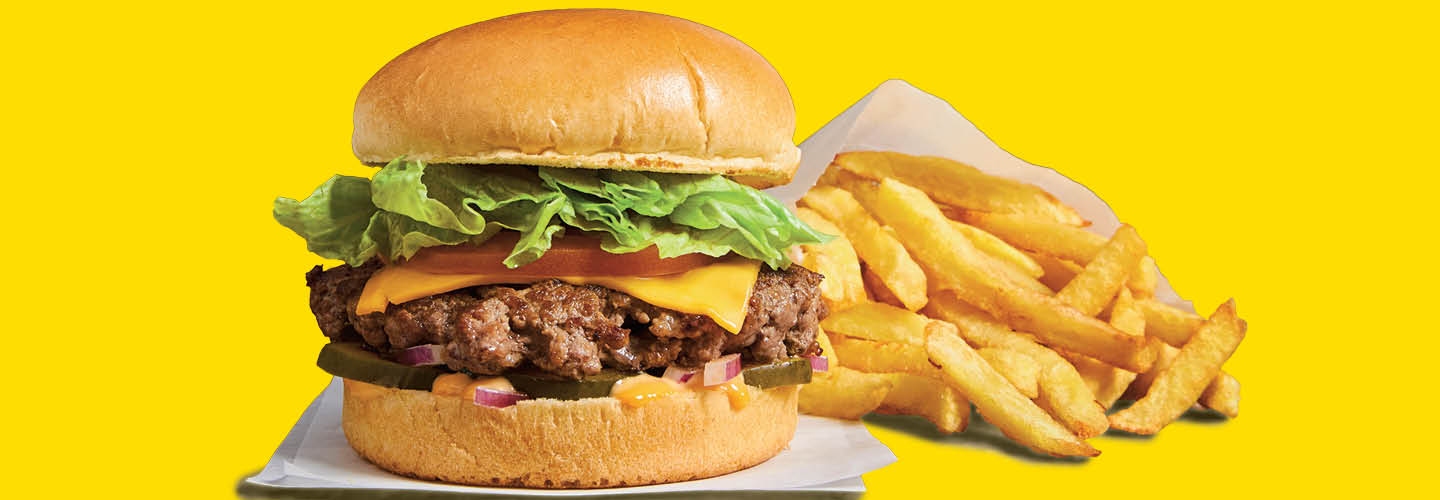Picture this: It’s 1876, and you’re in Philadelphia at the world’s fair, a chance for countries to show off their latest and greatest innovations. There’s a new model of a British bicycle with an oversized front wheel, a beautiful Japanese garden, and a strange-looking contraption called the telephone.
But the real sight to behold—and taste—is at the fair’s German restaurant. There, people line up to try a delicacy called Hamburg steak. It’s a fried ground beef patty served on a plate and eaten with a knife and fork.
Today that steak is an integral part of one of America’s most iconic meals: a burger and fries. The dish is a messy, delicious combination of ingredients from around the world, some of them thousands of years in the making. How did they get to your plate? Read on for the juicy, geographical backstory.
It’s 1876 and you’re in Philadelphia. You are attending the world’s fair, which is a chance for countries to show off their latest and greatest innovations. You see a new model of a British bicycle with an oversized front wheel. There is a beautiful Japanese garden and a strange-looking device called the telephone.
But one of the best things to see and taste is at the fair’s German restaurant. There, people line up to try something called the Hamburg steak. It’s a fried ground beef patty served on a plate. You eat it with a knife and fork.
Today that steak is a key part of one of America’s most popular meals: a burger and fries. The dish is a messy, delicious combination of ingredients from around the world. Some of them have been around for thousands of years. How did they get to your plate? Read on for the juicy, geographical backstory.

